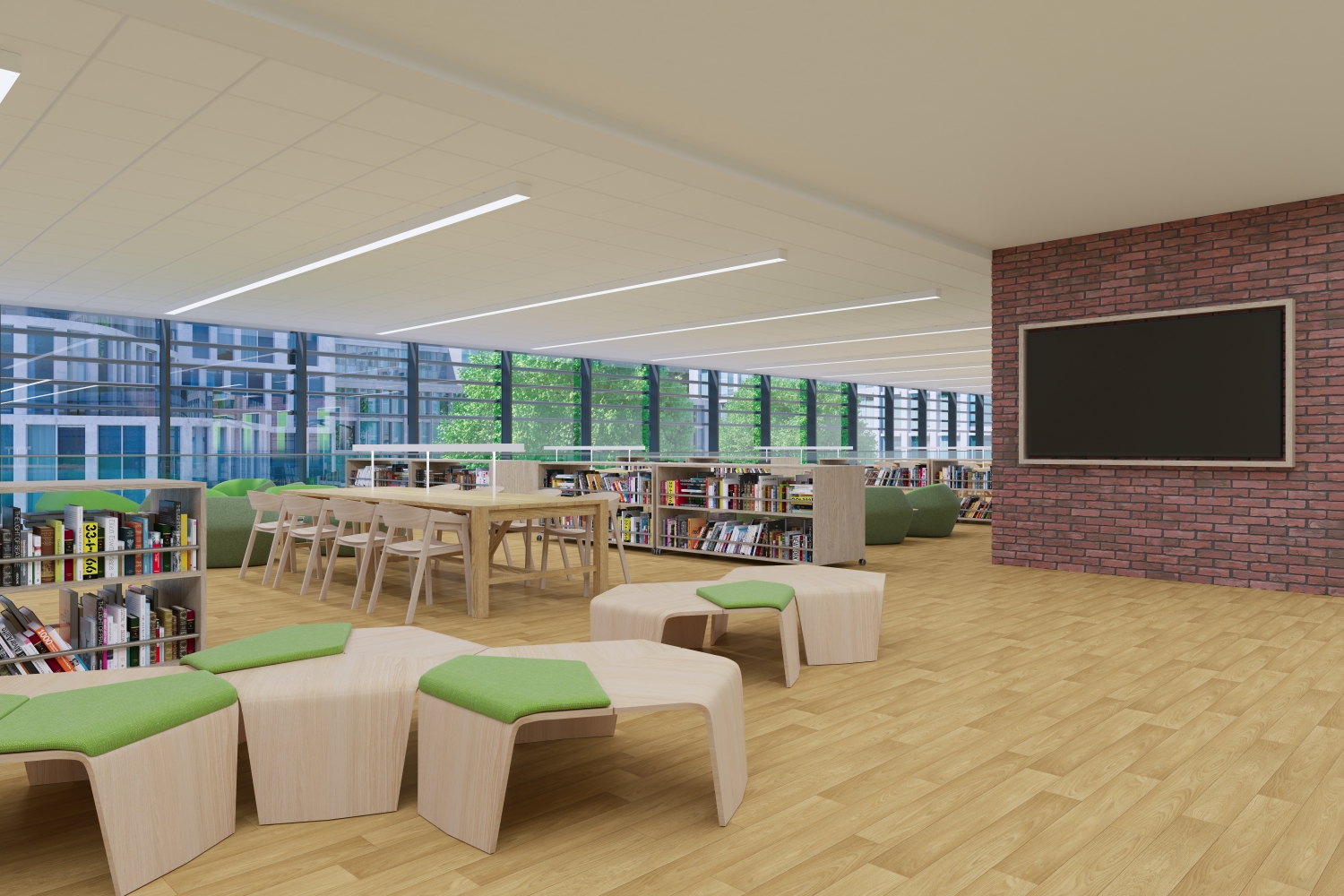
June, 2024
Neurodiversity encompasses a range of neurological conditions, including autism, ADHD, dyslexia, and more. Each condition can affect sensory processing, cognitive functioning, and emotional well-being differently.
Designing commercial spaces with neurodiversity in mind is crucial to creating inclusive, productive environments where all employees can thrive.
Noise can be a significant distraction or stressor for neurodiverse individuals. Flooring materials that minimise sound can help create a calmer environment. Carpets tiles are an excellent choice due to their sound-absorbing properties. They can reduce ambient noise, making it easier for employees to focus and reducing overall stress levels.
The visual aspects of flooring are equally important. Busy patterns or high-contrast colours can be overwhelming. Opt for muted, consistent colours and simple patterns to create a visually soothing environment. Natural tones such as soft greys, greens, and blues are often calming and less likely to cause visual overstimulation.
Designing clear and navigable pathways is essential for neurodiverse individuals who may have spatial awareness challenges. Use flooring to delineate different areas within a workspace. For instance, different colours or textures can define work zones, break areas, and walkways, helping employees understand the layout intuitively.
Safety is paramount, especially for those who might have balance or coordination issues. Non-slip flooring materials, such as rubber or safety vinyl sheets, reduce the risk of slips and falls. Additionally, softer materials like carpet tiles or cushioned vinyl can provide a safer surface for those prone to tripping or falling, such as those suffering from Dementia or Alzheimer’s.

Modular flooring, such as carpet tiles or interlocking mats, offers flexibility and adaptability. These solutions allow for easy replacement of damaged sections and can be rearranged to suit changing needs. This adaptability is beneficial in dynamic work environments where the space may need to be reconfigured frequently. Create quiet zones and break areas with specific flooring materials that denote these spaces as areas for relaxation and stress relief. Softer, cut pile carpet tiles such as Duraflor Migration can make these areas more inviting and comfortable, providing a retreat for employees who need a sensory break.
In the UK, Light Reflectance Value (LRV) is an important consideration in building design, particularly for ensuring accessibility. LRV measures the amount of visible and usable light that is reflected from a surface when illuminated by a light source. The Building Regulations Approved Document M specifies that there should be a sufficient contrast in LRV between floors, walls, and doors to aid those with visual impairments. A difference of 30 points in LRV is recommended to ensure adequate contrast.
UK building regulations and the Equality Act 2010 mandate that commercial spaces be accessible to all individuals, including those with disabilities. This includes considerations for neurodiverse individuals who may have specific sensory and spatial needs. Ensuring compliance with these regulations involves choosing appropriate flooring materials that support accessibility and inclusivity. For example, the use of non-slip materials, clear signage, and colour contrast are essential components of an inclusive design strategy.
Designing flooring with neurodiversity in mind is a thoughtful and necessary approach to creating inclusive commercial spaces. By considering sensory impacts, safety, flexibility, sustainability, and legal requirements, businesses can create environments that support the well-being and productivity of all employees. As the understanding of neurodiversity continues to grow, so too will the importance of inclusive design in the workplace.